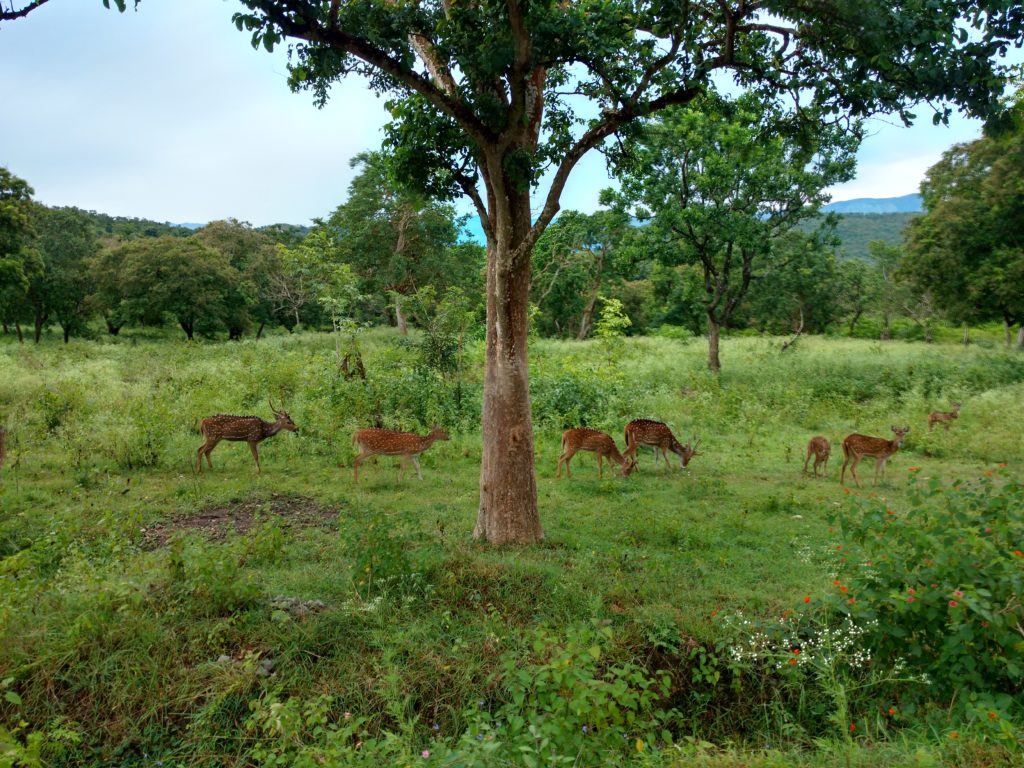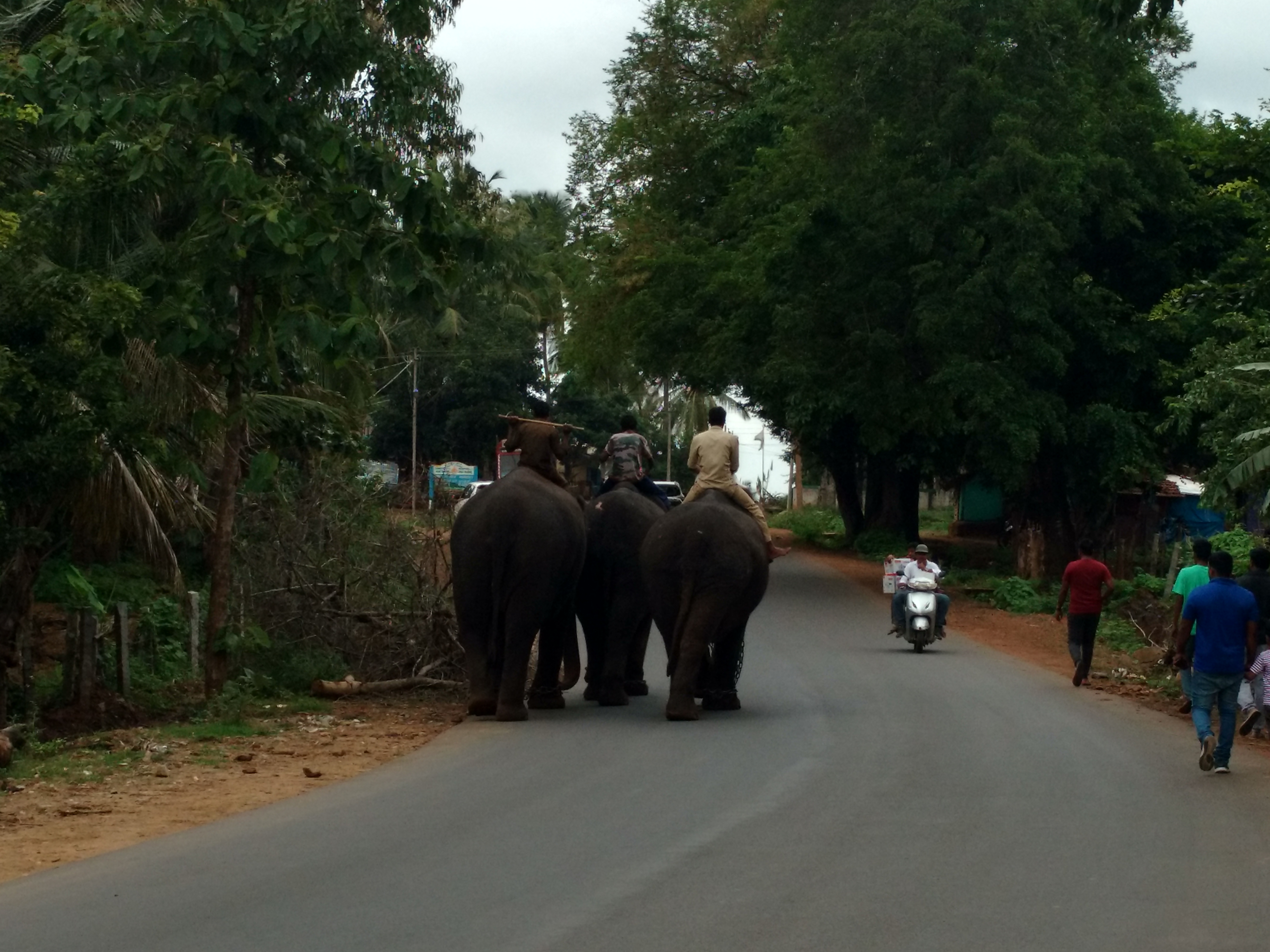by Green Minute News
With Karnataka and many other states implementing a host of national highway projects including the ambitious Bharatmala project, the Centre’s new directive to the state governments to avoid national highway alignment through national parks/wildlife sanctuaries/wildlife corridors comes as a big surprise and relief. However, wildlife conservationists say implementation of this directive is a big question mark as most highway projects have been cleared without giving much heed to green concerns.

The Ministry of Road Transport and Highways (MoRTH) has now directed all concerned agencies to opt for a detour or bypass at the planning stage itself. The order will be applicable to all highway projects taken up by NHAI, NHIDCL, CPWD, PWD, Border Roads and other centrally sponsored schemes.

Presently, in Karnataka, under Bharatmala, over 40 road corridors costing Rs 85,000 crore have been approved while 13 road projects covering a length of 1,435 km worth Rs 20,000 crore are underway. However, as part of this, widening and expansion of NH-63, 234, 169A, 275, 173, and other such sections has been causing great concern as it has involved diversion of forest lands, felling of lakhs of trees in Western Ghats followed by fragmentation of habitat and interruption in contiguity of wildlife corridors.
According to Malenadu activists, the last few years, the state has borne the brunt with many highways being implemented in ecologically fragile area of Western Ghats resulting in massive tree felling and fragmentation of elephant
corridors and habitat. However, senior forest officials said, “We have been opposing all along projects in Western Ghats. We hope this order will give a new impetus to stall such projects with concrete justifications for taking a detour of a specific area in Western Ghats. As far as Bandipur is concerned, there is nothing to worry about. As far as other projects are concerned, we will take a look and suggest measures for realignment. This new order is indeed, a very good development.”
The order cites a set of principles to be adopted when a NH passes through or traverses nearby wildlife sanctuaries, national parks and wildlife corridors. The MoRTH order states, “The development of highways is essential for the economic growth of the country, however, alignment of NH passing through natural areas may have wide ranging and complex impact on ecology and wild species. To have minimum impact of highways on the protected eco-sensitive area, the implementing agency should consider sparing these areas at the planning stage and wherever possible taking a bypass/detour even if it is longer.”
However, if it is absolutely unavoidable all necessary clearances required under the Wildlife Protection Act 1972, Forest Conservation Act, 1980 and Environment (Protection) Act 1986 should be obtained before any work is undertaken in such areas. For this, land should be acquired with right of way (RoW) of not more than 30 meters, the MoRTH states. Further, project proponents are advised to follow the provisions cited by Wildlife Institute of India in their manual on roads and linear infrastructure in wildlife areas and the care that should be taken for wildlife.
Welcoming the order, activists said national highway construction and expansion of existing roads has been impacting wildlife habitat in the Western Ghats and may lead to man-animal conflicts if the necessary corrective measures are not taken. These include construction in Agumbe ghats near Shivamogga-Udupi border, widening of road near Someshwara Wildlife Sanctuary, widening of NH 4A, 13 and 75, etc.
Manjunath, wildlife conservationist adds, “With nearly 10 highways passing through protected areas, wildlife habitat is already impacted. With the government further taking up repairs and expansion, many a critical wildlife habitat, elephant
corridors have been affected. While S H Sahadev adds, “The Shisila-Byrapura road if taken up will kill many rivers and tributaries as also fragment the fragile Western Ghats area that is considered a biodiversity hotspot. We hope this directive from the Centre is implemented fully and not just remain on paper.”


Comment here